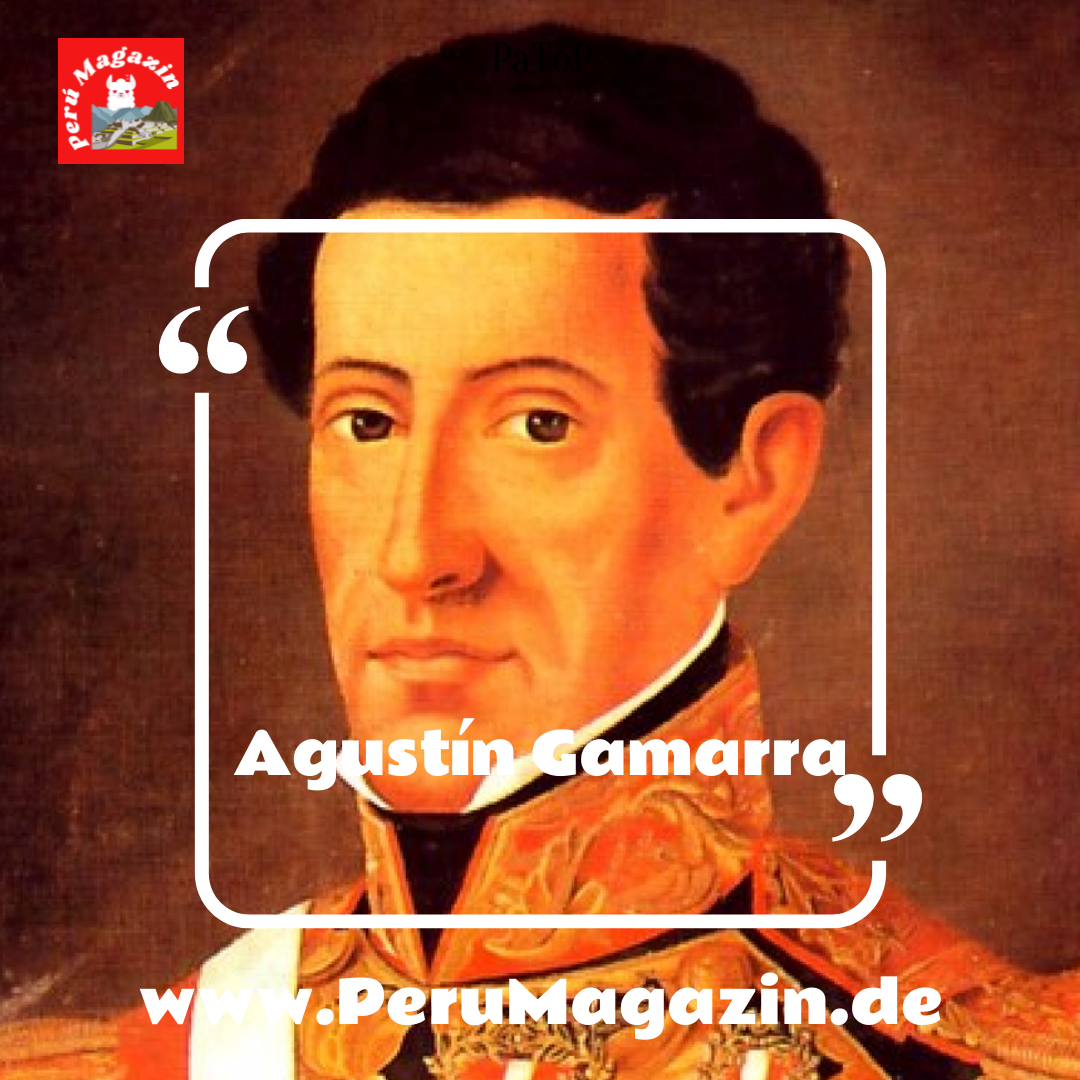
Agustín Gamarra: A Look at the Life of a Peruvian Military Leader and Politician

The story of Agustín Gamarra is closely linked to Peru's turbulent political and military events in the 19th century. As a military leader and politician, he played a crucial role in shaping the young independent state of Peru. This blog post takes an in-depth look at the life and career of this fascinating man who has attracted both admiration and criticism.
Early life and rise
Agustín Gamarra was born in 1785 in Cusco, a city in the heart of Peru. His background was humble, and he began life as a muleteer - a fact that made his astonishing rise in the years that followed even more impressive. During this period of colonial Peru, life for most people was characterized by poverty and social injustice. However, Gamarra was unwilling to accept a life of poverty and so he began his journey towards military and political leadership.
The path to independence
The beginning of the 19th century was marked by political unrest as many South American countries sought independence from Spanish colonial rule. In Peru, it was men like Simón Bolívar and José de San Martín who harbored the vision of an independent state. Agustín Gamarra joined these movements and fought courageously in the Peruvian War of Independence, which lasted from 1810 to 1824. His military leadership skills and commitment to the cause of independence made him a rising figure in these crucial years.
Political ambitions
With the victory of the struggle for independence, a new era began for Peru and Gamarra. Gamarra decided to transfer his military career to the political arena and became an important political figure in the country. He served as President of Peru for two non-consecutive terms: from 1829 to 1833 and again from 1839 until his tragic death in 1841.
During his presidencies, Gamarra sought to unify the country and promote political stability. But his time in office was also marked by internal conflicts and power disputes, which made Peru's political landscape turbulent during this time.
War with Chile and the Peru-Bolivian Confederation
One of the most notable episodes of Gamarra's presidency was the conflict with Chile, which led to the so-called War of the Confederation. This war, which lasted from 1836 to 1839, arose from an attempt to unite Peru and Bolivia under a single government. The Peru-Bolivian Confederation was led by Andrés de Santa Cruz, and Agustín Gamarra strongly opposed this unity.
The decisive battle of this conflict was the Battle of Yungay in 1839. In this battle, Gamarra's forces were defeated by Chilean forces, resulting in the collapse of the Confederacy. Gamarra himself survived the battle, but his presidency ended in political chaos and uncertainty.
Death at the Battle of Ingavi
Agustín Gamarra should not be given the opportunity to recover or implement his political agenda. A few months after the end of the war with Chile, he began a campaign to restore Peruvian independence from the Peru-Bolivian Confederation. This campaign led to the Battle of Ingavi in Bolivia, where Gamarra tragically lost his life in 1841. His death ended an era in Peruvian politics and military history and had far-reaching effects on the region.
The ambivalence of Agustín Gamarra's legacy
Agustín Gamarra's legacy is ambivalent in the history of Peru and South America. On the one hand, he is admired for his commitment to Peru's independence and his military leadership qualities. On the other hand, his presidencies have been marred by political instability and conflict. The War of the Confederacy and the defeat at the Battle of Yungay marked a pivotal moment in his career and the history of Peru.
Agustín Gamarra in posterity
The memory of Agustín Gamarra lives on in Peruvian historiography and in the country's collective memory. His career and his decisions will continue to be the subject of historical analysis and debate. While some see him as a hero of the independence movement and a courageous military leader, others view him critically because of the political instability that characterized his presidencies.
Overall, Agustín Gamarra was a complex figure in Peru's history. His remarkable rise from humble beginnings to military commander and president is fascinating and inspiring. Nevertheless, his life also highlights the challenges and conflicts that shaped Peru's political development at a crucial stage. Remembering Agustín Gamarra allows us to better understand the complexities of Peru's history and the people who shaped it.
#AgustinGamarra #Peru #Military Leaders #Politicians #Independence Movement #PeruvianHistory #WarofConfederation #BattleofYungay #PoliticalInstability #South America #PeruvianIndependence #HistoricalPersonalities #ComplexHeritage #PeruvianHero #Peru #PeruMagazine #WeLovePeru #patop #patopshipping

Leave a comment